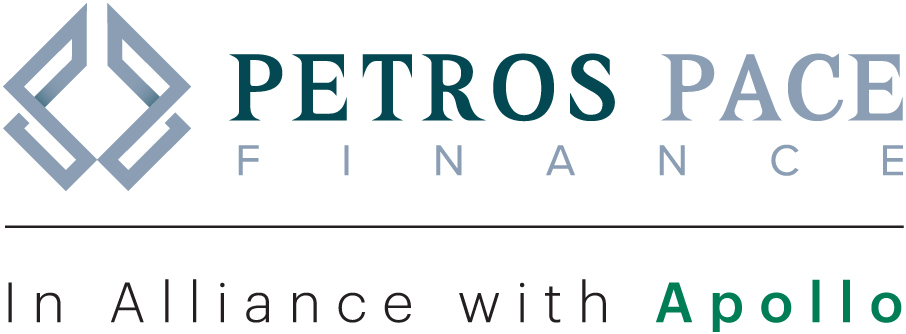 As we know it today, C-PACE financing is quickly becoming the most economically sustainable subset of the capital stack—a fact that is driving an increase in its share of the capital stack. Although the concept of Property Assessed Clean Energy (PACE) began in the residential sector; its true potential was unlocked when the financing mechanism evolved into Commercial PACE (C-PACE). Regulated at the state-level, it continues to evolve as an increasingly preferred and frequent choice for commercial real estate capital financing as more states embrace programs with a focus on sustainability. But state legislation that truly enables C-PACE to achieve maximum capability? That’s the tricky part, but the road ahead seems promising.
As we know it today, C-PACE financing is quickly becoming the most economically sustainable subset of the capital stack—a fact that is driving an increase in its share of the capital stack. Although the concept of Property Assessed Clean Energy (PACE) began in the residential sector; its true potential was unlocked when the financing mechanism evolved into Commercial PACE (C-PACE). Regulated at the state-level, it continues to evolve as an increasingly preferred and frequent choice for commercial real estate capital financing as more states embrace programs with a focus on sustainability. But state legislation that truly enables C-PACE to achieve maximum capability? That’s the tricky part, but the road ahead seems promising.
A glance in the rearview
In the initial phase, let’s call it C-PACE 1.0 – it was characterized by broad statutes, often referring to the use of special assessments in states like California, Missouri, and Florida. These statutes required extensive interpretation and program building, limiting their scope primarily to energy efficiency or renewable energy projects. As the need for more comprehensive programs became apparent, C-PACE 2.0 emerged. This phase saw an expansion of scope—to include energy and water efficiency, renewable energy, and the introduction of consumer protection measures. Many of these, states like New York, Minnesota, Connecticut, Texas and Nebraska implemented Savings-to-Investment Ratio (SIR) or Cost-Benefit requirements, a well-intended savings “test” for property owners that is often a barrier to many property owners, especially in new construction. Indeed, states such as Wisconsin and Michigan repealed their SIRs, with others contemplating it in coming legislative sessions.
Where we are today
The most recent development, C-PACE 3.0, continues the use of special assessments as the “secret sauce” to our financing, and extends its statutory scope to energy, water, renewable energy, and resiliency – but the real evolution lies in the program execution. Notably, C-PACE 3.0 emphasizes streamlining the role of local government, with statutes defining a simplified “check the box” approval process (similar to a permit approval process) and allowing the delegation of many administrative tasks to capital providers. This evolution also provides more extensive protections for local governments and aims to enable in-house administration to use existing resources. It has been initially adopted by states such as Tennessee, Nevada, Washington, Hawaii, and New Mexico.
For instance, taking a closer look at the state of Washington will highlight the advantages of C-PACE 3.0. In just two years, Washington has approached or surpassed $200 million in C-PACE financing, showcasing a faster, easier, and not surprisingly, and more widespread property owner uptake. The appeal of C-PACE 3.0 lies in its simplicity, streamlined administration processes, and the ability to fund a broader range of eligible items, including those related to seismic, hurricane, and flood resilience. The standardization of C-PACE 3.0 statutes facilitates collaboration with local counsel, creating a readily adaptable set of key documents approved by local authorities. California is another great example of a state that has consistently adapted its statute and programs to meet the challenges of climate change. In 2023 alone, California saw 31 C-PACE projects financed for over $758 million in improvements. In 2024, we’re putting our efforts in areas where we hope to replicate these successes. New York State and New York City both are ripe with potential, and we are excited about the prospect of enhancing and modernizing their statute to further streamline its guidelines. To that end, we’re looking forward to working with the local officials to align the C-PACE program more effectively with New York’s important climate goals.
The evolution of C-PACE is a significant stride towards more efficient and accessible clean energy financing. The advantages of C-PACE 3.0, including streamlined administration, local government protections, and adaptability, make it a noteworthy model for states evaluating and enhancing their C-PACE programs. Continued learning from successful models will pave the way for even more program evolution and more effective and widespread adoption of C-PACE initiatives across the nation.

